This will probably be my last entry before I head off for Boston tomorrow evening. I am in Ghana, a country of 25 million on the east coast of Africa, where it is blistering hot and crackling dry. Ghana enjoys a higher level of income than much of Africa, and it really shows in the good roads, efficient services, and many high-end cars zipping about. But hemophilia care? Still at a poverty level.
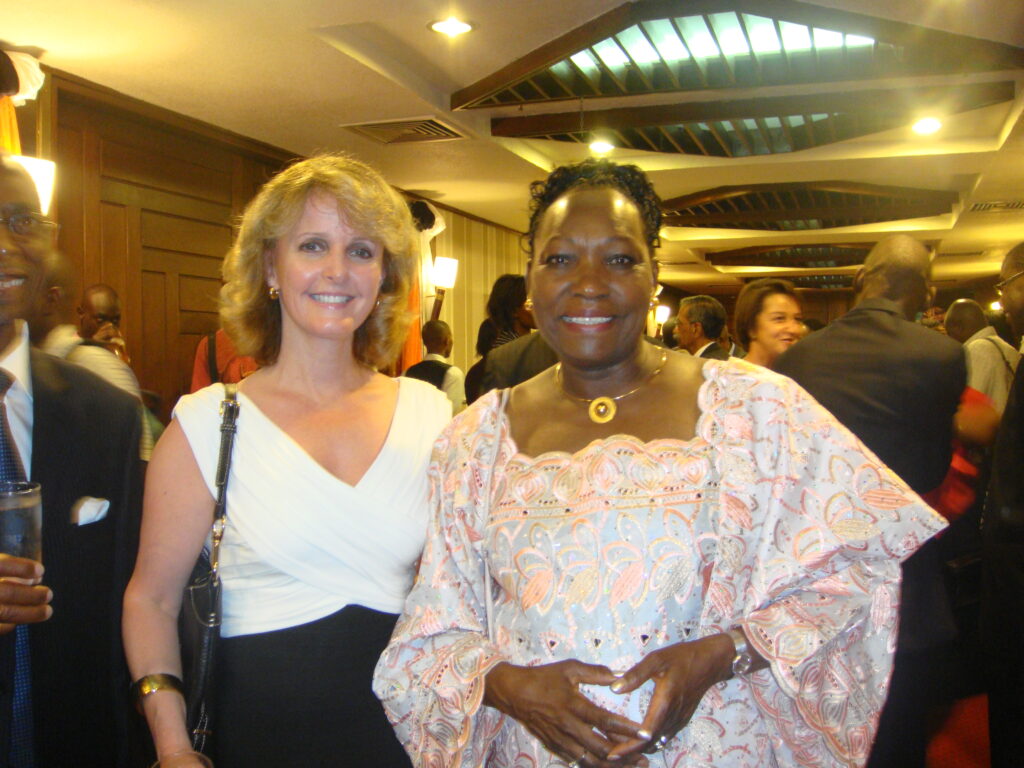
First, let me wrap up the previous two county visits: a week ago I attended the charity fundraiser by the Jose Memorial Hemophilia Society-Kenya. It was amazing! The Minister of Health, Beth Mugo, attended and sat with us at the head table. Lovely lady; her husband Nick, former ambassador to France, attended the same small college in Asheville, North Carolina that my daughter will attend in August! I was shocked as I had never even heard of Warren Wilson College until she applied there. He was their first African student, so we bonded immediately. Strange coincidence! The Minister applauded the JMHS-K’s work and gave a check for $800 to the society, which is a lot of money in Kenya. There was excellent food, great speeches, a real commitment to change hemophilia, and lots of dancing. To one of my faithful readers, John, yes, we even danced disco!
The event raised $10,000 US. This is respectable even by US standards. By Kenya standards, out of this world. Congratulations to Maureen, Sitawa, Dolphine, Salome, Chege, Julie and Andrew, Sylvia, Stephen and Diane … and everyone who worked so hard to make this a success.
In Tanzania, we wrapped our trip up by giving presentations to medical students at the Muhimbili University Hospital, the main public hospital in Dar es Salaam. It was standing room only. Dr. Mukabi gave a great presentation on the medical aspects of hemophilia, and I realized how well educated the hematologists are here! What’s missing only is experience, and factor concentrates. The presentation netted two young physician students, who asked if they could volunteer for the society, which was exactly what we needed.
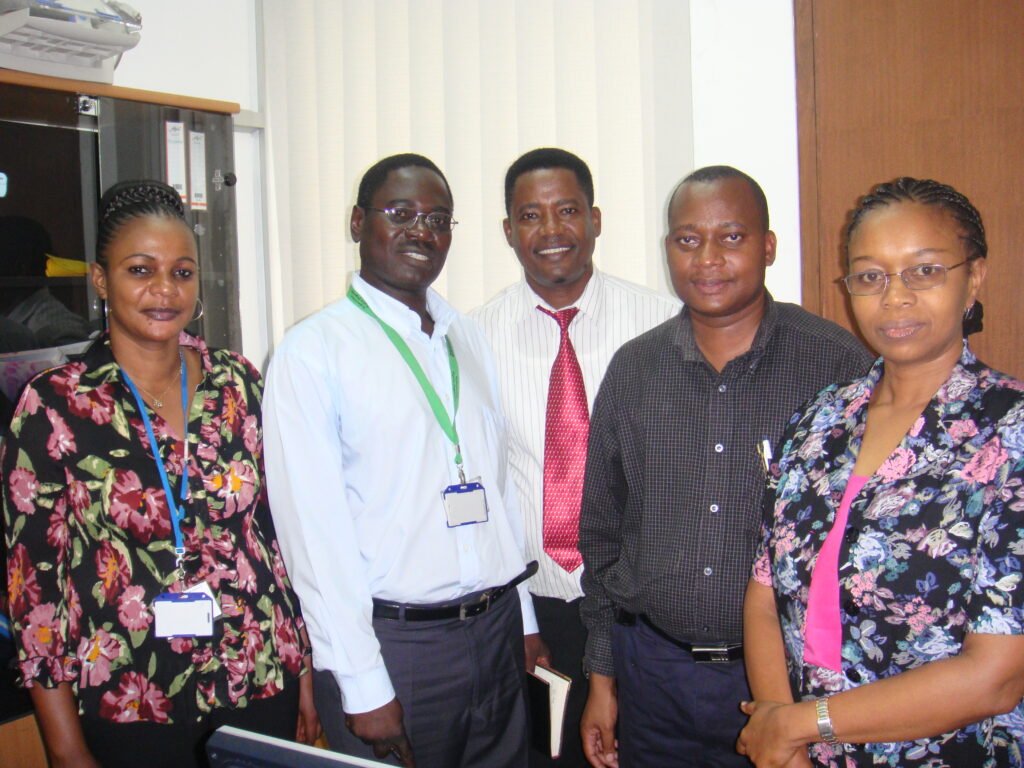
We later met as a team to plot the way forward. We realized there are myriad issues to address and one can easily get overwhelmed, and then defeated. So we focused on public awareness, to try to increase referrals, to identify where the hemophilia patients are (only 16 out of an estimated 2,000 have been identified), and getting a coag machine so patients can be diagnosed in Dar es Salaam. Thanks to Richard, Dr. James, Dr. Magesa, Dr. Makubi, Dr. Stella and everyone we met for their assistance. I loved visiting Tanzania and cannot wait to return, and resume our work together.
So here in Ghana, we are just starting. Today the new Ghana Hemophilia Society will be inaugurated. The press will attend and I appeared with Martin Boakye, the president of GHS, on TV and radio. Yesterday, Martin invited me to speak at the Korle-Bu Hospital, to medical students. It was a rapt audience! I have a presentation on hemophilia, then on how my company helps developing countries with educational resources, consulting and free product. The message to them was this: as future orthopedics, pediatricians, emergency room docs, they will be the front line in identifying new cases. There are about 2,000+ cases in Ghana; only 25 have been identified! Martin’s young son is one of them.
We drove around the capital Accra, and I noted the beautiful downtown area, shimmering in the sweltering heat, and we also passed through the shanties and slum areas, which seemed to radiate waves of heat from the ground up. Martin filled me in on how many tribes exist in Ghana. Africans refer to tribes the way we often refer to our own heritage or ethnicity. I often call myself Irish, though I am American, because my ancestors are from Ireland. It’s the same in Africa: everyone is from a particular tribe.
See photos from the trip here!
The Atlantic Ocean pounded the beaches to our right, the same ocean that pounds the Massachusetts’s shores, as fisherman in home made dugouts prepared their rigs for a night our fishing. Women walk up and down the sidewalks at midday, balancing large loads of bread to sell to the long lines of traffic. Traffic jams exist in all African capitals, I suppose (except in Zimbabwe, where petrol is a rare commodity), and these ladies take advantage of it. Ghana in particular seems to have legions of women capable of balancing just about anything on their heads! Color abounds: in the brightly printed traditional dresses, on the painted walls of shanties and nice homes, right down to the nation’s flag.
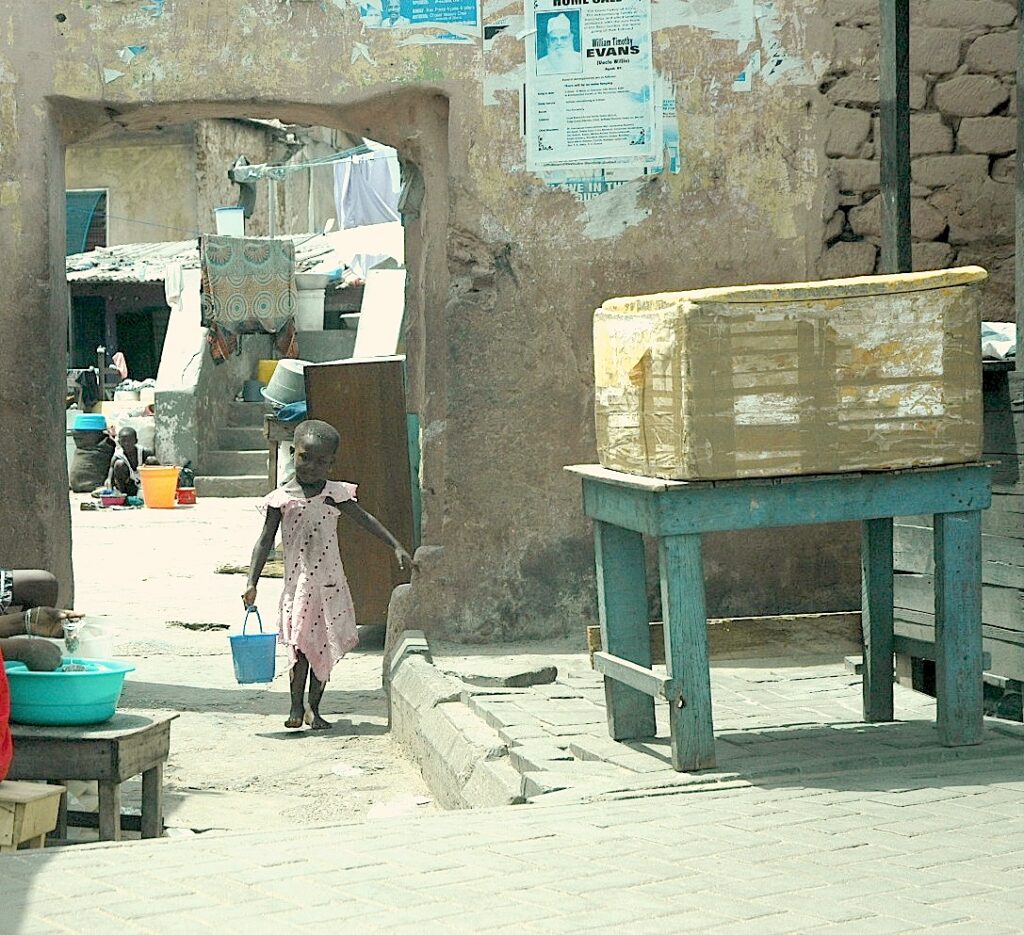
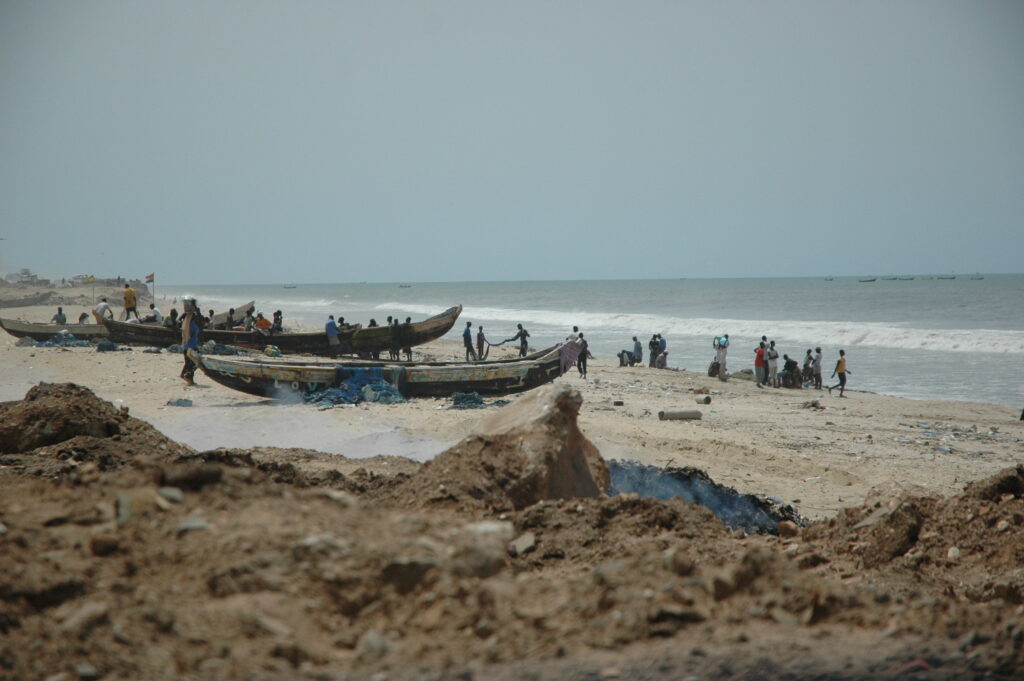
Back to hemophilia: I had a tour of the blood labs at Korle-Bu. They have a coag machine but no reagents. It’s always something, isn’t it? Problem is, how to get reagents? Ghana has no factor except for that I brought with me, and only had their first infusion in the country in 2005, again with factor from Project SHARE. There are two dedicated physicians: Dr. Jennifer Welbeck and Dr. Ivy Ekem. What great ladies, to devote so much time on a seemingly hopeless task like building a hemophilia society from ground zero. Ghana has a lot of work to do to lay the groundwork for future care, but we will be with them very step of the way.
Africa, the “Dark Continent,” seems anything but dark. It is colorful, magical, inhabited by some of the world’s nicest citizens and some of the world’s worst dictators. Music pulsates here and seems to infect even the blood; food is fresh, flavorful and healthful, in sharp contrast to our processed and commercialized food in the US. There are white, glistening beaches, dense jungles, soaring mountains, wind-swept savannahs, torrential rains, stunning heat, adventure for all enthusiasts. If anything is dark, it is how we have left Africa behind in hemophilia care, when so much of the world enjoys prolific amounts of factor. There’s an Angolan proverb: In the larger affairs the minor are forgotten.
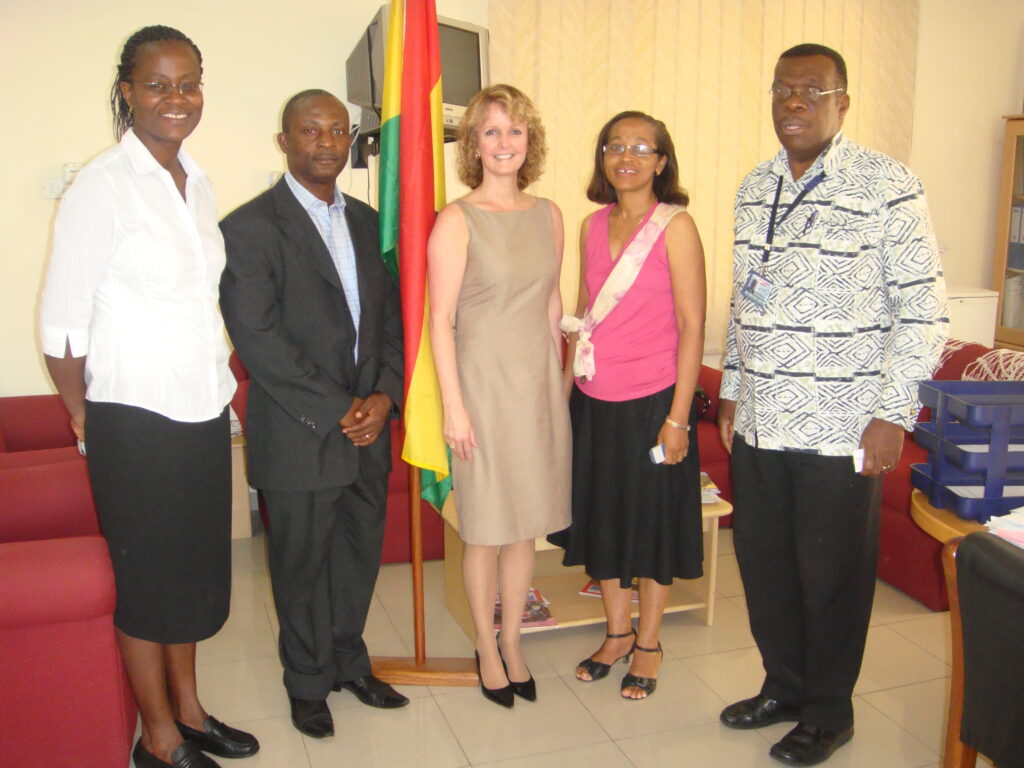
I have seen African children disfigured, disabled; I’ve heard the mothers tell me stoically about the deaths of brothers, babies, children and fathers who have had hemophilia. Simple bleeds, so easily remedied. Sometimes there is not even ice to ease the pain.
There’s a proverb from Kenya: A child points out to you the direction and then you find your way. It took the death of little Jose, Maureen’s son, for her to start a society in Kenya that promises big change. It took the amputation and suffering of Richard’s brother Hepson to start a society to end suffering of all with hemophilia in Tanzania; it took the fear of suffering and loss for Martin to start a Ghana hemophilia society, to help his people.
But rather than dwell on the whys, I want to get to the hows. How are we going to help this amazing place, which is aching for our attention? If you are interested in helping us solve these problems, we need strategic thinkers, visionaries, and people with connections, cash and above all commitment. Join me over the next 20 years, and help save our brothers with hemophilia.
Finally, a Tanzanian proverb: Little by little, a little becomes a lot.
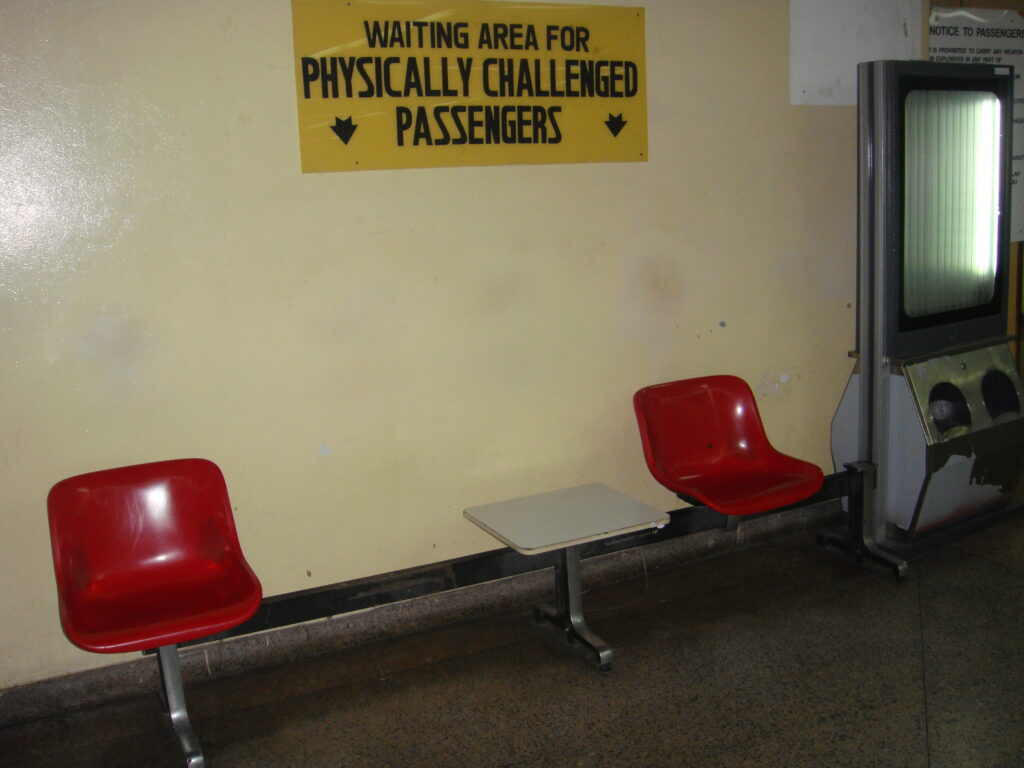


6 thoughts on ““A little becomes a lot””
Wow, this is such an encouraging post, Laurie! When I tell our community here that we must dream, I always remember your stories about Africa. In so many ways, the Philippines is blessed than many African countries. Yet, they have better hemophilia care than what we have. I’m hoping in the near future we will also have the same, if not better, as Africa’s. How African hemophilia societies faced and rose above the adversities are just awe-inspiring.
I read your latest blogs, heartbreaking and heartwarming that the same time. As I looked in my “extra” fridge and saw all this factor IX for just one child, just for precautions, not even for actual bleeds, it overwhelmed me, what a mother would be feeling with nothing to give a child. And how out of balance things are, how we have so much, ridiculous amounts really, pure excess, and there are others with just nothing. And the living conditions, even with no bleeding disorder are just about unbearable, add a untreated to bleed, and its amazing. It reminds me that my heart should really be bursting with gratitude for what we have here in this country and not sweating the small stuff.
Laurie, Thank you. You are just amazing. I have been reading your blog every day with amazement. I am certain many people read the blogs but are hesitant to make comments which is unfortunate. I really want to see other people’s comments and encourage them to leave behind a note. I want to know the community out there is watching together.
Your ability to provide awareness about hemophilia and the challenges in developing countries, is exactly like the first person on a rope team that climbs a mountain. The leader is the one who has to kick steps in deep, heavy snow. The team mates who are roped up to the leader, follow by placing their boots into precisely those steps the leader has made. That is how a rope team works together. But, it’s the first person on the rope team who has to have the stamina and strength to punch the toe of their boot into the deep and heavy snow, gain their balance and lift their body weight (and heavy pack) up each step. One at a time. Slog. Slog. Slog. And, as part of good rope management, when one leader tires of the strain, they trade off with others on the team to continue the long and slow journey up the mountain.
Interestingly, you seem to gain more strength with each step you kick, and never fatigue. What a champion and role model for the rest of us. More of us need to ask how we can help and then, do it.
Thank you for not only slogging up the mountain, but letting us join the journey, as part of your rope team, via your blogs.
For years to come, like a time capsule, these blogs will continue to inspire each of us to perhaps take our turn as a rope leader. Cheryl D’Ambrosio
We all appreciate the ambassadorial role played by Laurie as regard to hemophilia. She inspiring, empowering, doing capacity building and
sustaining the hemophilia societies worldwide to alleviate the hemophilia problem. Thanks to God she is putting Africa on the top of her agenda.
Richard Minja
President
Haemophilia Society of Tanzania (HST)
On behalf of my team and the entire Ghananian community, I thank you very much for your immeasurable help and support. You made all the difference by your presence!
We want to assure you that we shall do our best to get the society you have started stand the test of time and grow to fulfil its mission and vision.
Thank you!
Martin Boakye, president, Ghana Haemophilia Society
Happy day for all the mothers: today here in the South, the South of the Americas, we remember Motherhood.
Knowing you and your passion ; you celebrate this everyday with your family…:) What an important work and love for our beloved “Mamma Africa” the song of a Brazilian artist called Chico César! check him out in youtube.
big hug
frederica